Hiroshima is a symbol of resilience and peace, but it’s much more than its tragic past.
With its story of destruction and rebirth, Hiroshima offers a journey into the heart of Japanese history and resilience. Hiroshima should be on your list of places to visit because you’ll be able to experience a rich mix of history, culture, and nature.
Hiroshima has a population of over 1.1 million and covers around 906 square kilometers. It’s located in western Honshu, just above Shikoku. It is home to several world heritage sites, including the Hiroshima Peace Memorial Park. The city also has lush gardens like Shukkei-en, a 17th-century Japanese garden, and several museums, including the Hiroshima Peace Memorial Museum.
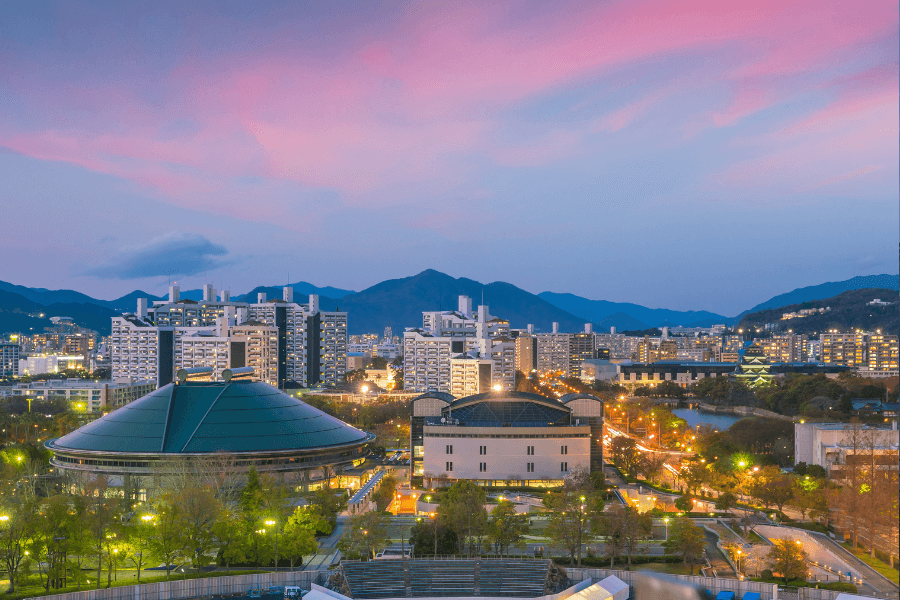
Why was Hiroshima, a city flourishing with life and history, chosen for an event that would forever alter its destiny? The answer lies in its military and economic significance during World War II, which made it a strategic target for the Allied forces. On August 6, 1945, Hiroshima became the first city in history to be struck by an atomic bomb. The bombing was not just a military action but a pivotal moment in world history that reshaped global policy regarding nuclear weapons and initiated a movement toward peace and disarmament that continues to this day.
The atomic bomb, codenamed “Little Boy,” was dropped by the American B-29 bomber Enola Gay, immediately killing an estimated 80,000 people with thousands more succumbing to injuries and radiation sickness soon after. The bomb exploded directly over a surgical clinic and released energy equivalent to approximately 15,000 tons of TNT, instantly vaporizing the city center and causing unprecedented destruction.
The aftermath of the bombing was devastating, with most of the city reduced to rubble. However, Hiroshima’s reconstruction became a symbol of peace and resilience. The city rebuilt itself, not as a military power, but as a beacon of hope and peace.
Hiroshima today is not defined by the tragic events of 1945 but by its commitment to world peace and thriving community, continually reminding the world of the catastrophic consequences of nuclear warfare and the importance of peace.
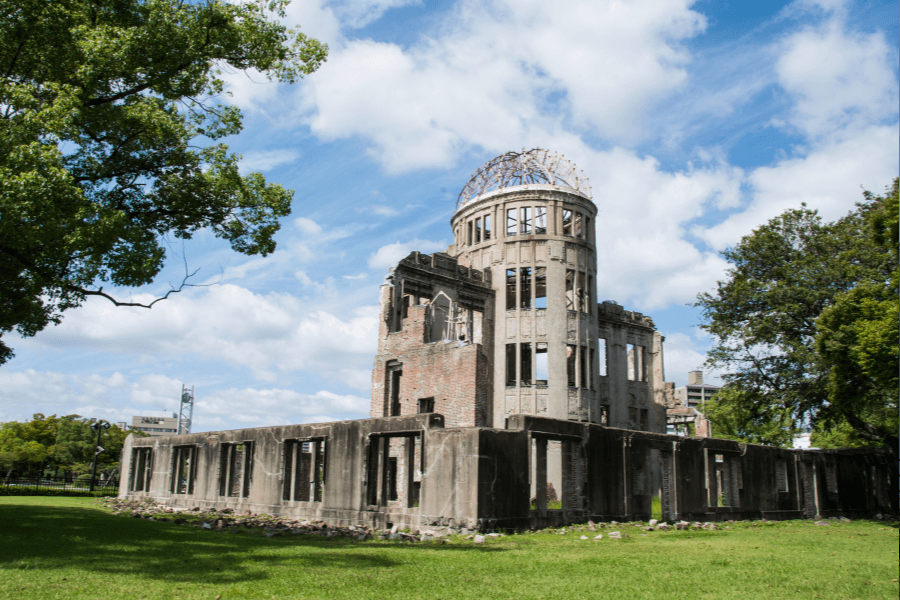
As you prepare for your visit, you’ll find that Hiroshima is more than a historical site. It’s a place where the past meets the future in the most inspiring ways. Here’s everything you need to know to make your Hiroshima visit memorable.
Hiroshima is welcoming year-round, but the best time to visit Hiroshima is either in the spring (March to May) or autumn (September to November). Spring brings cherry blossoms to the city’s parks, creating a picturesque setting, while autumn dazzles with vibrant foliage. Summers can be hot and humid, and while winter is milder compared to other parts of Japan, the occasional chilly breeze from the Seto Inland Sea can be brisk.
To fully experience Hiroshima, plan for at least two to three days. This allows you time to explore significant historical sites like the Peace Memorial Park and Museum, take a day trip to Miyajima Island to see the famous floating torii gate at Itsukushima Shrine, and enjoy the local cuisine, including the city’s renowned okonomiyaki.
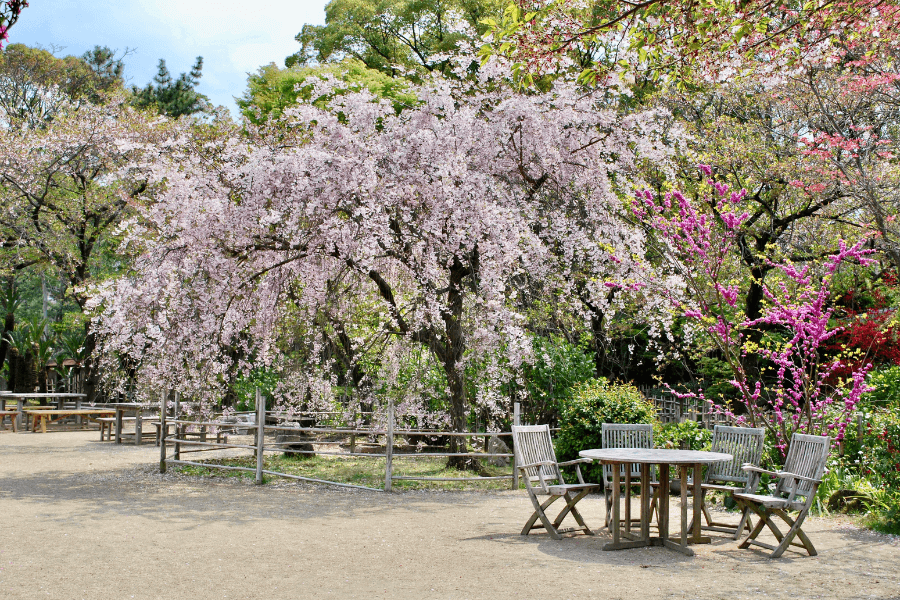
Getting to Hiroshima is straightforward, whether you’re traveling from Tokyo, Kyoto, or any other major city in Japan. The Tokyo to Hiroshima bullet train is a popular and efficient option, with the trip taking about four hours via the Hiroshima to Tokyo Shinkansen. If you’re coming from Kyoto, the Kyoto to Hiroshima train ride is just about two hours, making it easy for those looking to visit multiple cities in Japan.
If you’re exploring options on how to travel economically, consider the Tokyo to Hiroshima JR Pass, which covers most bullet trains and other JR transport. Hiroshima Station is centrally located and connects you to various parts of the city and nearby tourist destinations seamlessly.
For those flying in, Hiroshima Airport is connected to major cities across Asia and offers bus and shuttle services to Hiroshima Station. Local transport within Hiroshima includes buses, trams, and taxis, all offering a reliable way to navigate the city. Renting a bicycle is another great way to get around, especially in the flatter parts of the city near the main attractions.
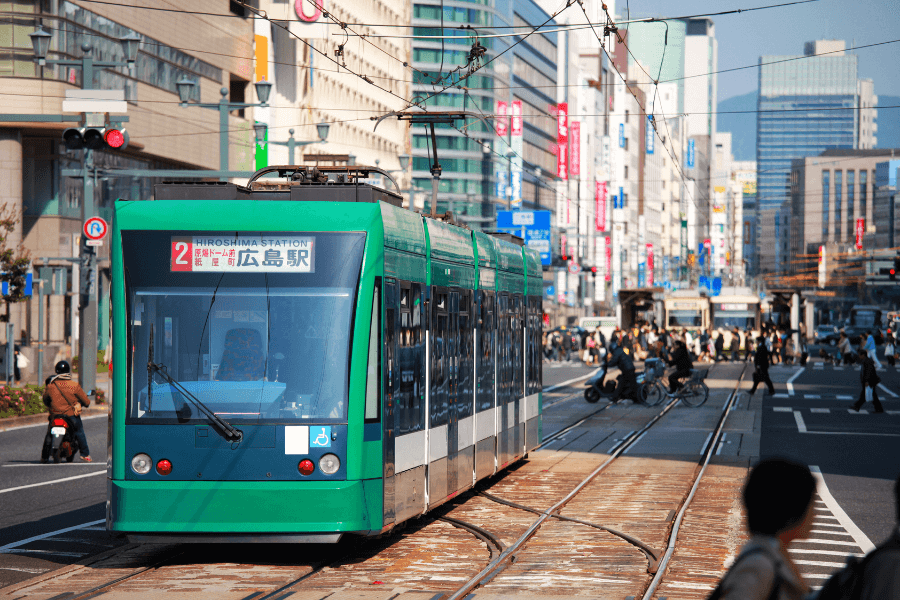
As the first city to experience the power of atomic energy during war, Hiroshima has transformed its legacy into one of peace and future hopes.
A visit to Hiroshima is incomplete without experiencing the poignant Peace Memorial Park and Museum. Here, the Atomic Bomb Dome stands as a haunting reminder of the past, while the museum offers an insightful look into the impact of the atomic bomb and the city’s remarkable journey towards recovery.
Just a stone’s throw from the somber reflections at the museum, Hiroshima Castle, also known as Carp Castle, rises from its ashes. Reconstructed after the war, the castle offers a look into Hiroshima’s feudal history and provides stunning panoramic views of the surrounding cityscape. Not far from the castle, Shukkei-en Garden offers a tranquil retreat. This historic garden, dating back to the Edo period, is an ideal spot for a leisurely walk amidst meticulously maintained landscapes that mirror the traditional Japanese aesthetic of beauty.
Beyond the well-trodden paths lies Miyajima Island, a gem that promises an enchanting escape. Famous for its “floating” torii gate, the island is not just about picturesque views but also offers rich cultural experiences at the Itsukushima Shrine and numerous trails leading through lush forests. Back in the city, the Hiroshima Orizuru Tower provides a modern twist to the traditional attractions. Visitors can soak in panoramic views and partake in the peace-building activity of folding origami cranes, a symbol of peace and hope.
Cultural aficionados will find a haven at the Hiroshima Prefectural Art Museum, located near the serene Shukkei-en. The museum’s diverse collections, ranging from French renaissance to contemporary Japanese art, provide a feast for the senses. For those visiting in May, the Hiroshima Flower Festival transforms the city into a spectacle of parades and performances, celebrating the joy of spring and the spirit of community.
As you plan your visit, consider leveraging the Hiroshima Sightseeing Loop Buses for convenient access to these major attractions. The city’s efficient public transport system, including trams and ferries, ensure that every visitor’s journey through the city is enjoyable.

Hiroshima offers an exploration of flavors that promise to delight every palate. Our Hiroshima Food Guide can help you to learn more about what Hiroshima has to offer.
The journey into Hiroshima’s food culture must begin with its most iconic dish, Hiroshima-style okonomiyaki. This savory pancake, distinct from its Kansai counterpart, is built layer by delicate layer, starting with a thin crepe and piled high with cabbage, yakisoba noodles, and a choice of ingredients like fresh seafood or pork, all topped with a generous drizzle of okonomiyaki sauce.
Seafood enthusiasts will revel in Hiroshima’s oysters, which account for a significant portion of Japan’s oyster production. These can be enjoyed in a multitude of ways: raw, grilled, deep-fried, or even atop a bed of rice.
No visit to Hiroshima is complete without savoring anago, a type of saltwater eel that is softer and less oily than its freshwater cousin, unagi. Sometimes you can find it served grilled over rice in a dish known as anago-meshi, celebrated for its delicate texture and rich flavor.
For those with a sweet tooth, the momiji manju offers a delightful treat. These maple leaf-shaped cakes filled with red bean paste symbolize Hiroshima’s aesthetic charm and are a perfect souvenir.
Hiroshima’s culinary scene is incomplete without mentioning its contribution to Japan’s sake production. The region’s soft water aids in creating some of the most refined sake varieties, which pair wonderfully with Hiroshima’s fresh seafood. For those interested in sake, a tour around the sake town of Saijo in Hiroshima can provide deep insights into the traditional brewing processes that produce these unique flavors.
If you are looking for fun and education food & drink tours in Hiroshima, make sure to check Arigato Food Tours!

As you pack your bags for Hiroshima, you’ll find a comfortable array of accommodation options ranging from the plush comforts of luxury hotels to the unique charm of traditional ryokans, and budget-friendly hostels.
Luxury seekers will find solace in the upscale amenities offered by hotels, where service perfection and elegant rooms set the stage for a memorable visit. Mid-range hotel options offer a balance of comfort and convenience, ideal for those who desire a central location without the lavish price tag. Budget travelers aren’t left behind, with options that are clean, accessible, and friendly, and promise a good night’s sleep without draining your wallet.
Each of these accommodation choices is conveniently located, ensuring that getting around Hiroshima is a breeze. The city’s efficient tram system and other public transport options are generally within walking distance, making it easy to explore the profound historical sites and cultural scenes scattered across the city.
When planning where to stay, consider proximity to major attractions like the Peace Memorial Park and Hiroshima Castle. Staying central allows you to immerse in the city’s history and easily access various dining and shopping options.
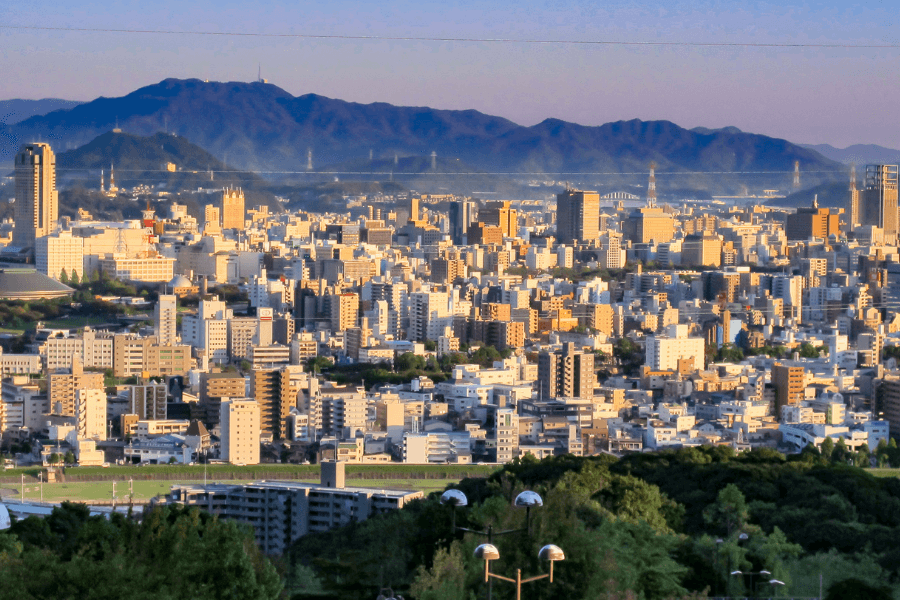
There are a couple of day trip opportunities from Hiroshima that promise memorable experiences.
One must-visit destination is Miyajima Island, famously known as the “Island of Gods.” Less than an hour from Hiroshima, this island is accessible via a short train ride to Miyajimaguchi followed by a ferry ride. Here, you can witness the iconic floating torii gate of Itsukushima Shrine, especially stunning during high tide. The island also boasts the ancient Daishoin Temple and opportunities for kayaking around the torii. For a spectacular view of the island, take the Miyajima Ropeway up to the scenic overlooks.

If you’re intrigued by history and architecture, the town of Takehara, just an hour’s drive from Hiroshima, is often dubbed ‘Little Kyoto’. Its historic district offers a glimpse into Japan’s Edo period with well-preserved buildings and a serene atmosphere.
For nature enthusiasts, a trip to Sandan-kyo Valley offers an immersive experience. Located about an hour’s drive from Hiroshima, this lush valley features picturesque gorges and waterfalls, making it an ideal spot for hiking and photography.
Traveling east from Hiroshima, the port city of Kure is notable for its rich maritime history. Home to the JMSDF Kure Museum and the Yamato Museum, it’s a fascinating destination for those interested in naval history and shipbuilding.
For those starting their day in Hiroshima, consider a half-day itinerary that includes a visit to the Peace Memorial Park, the A-Bomb Dome, Hiroshima Castle, and the tranquil Shukkeien Garden. These sites offer profound insights into Hiroshima’s historic and cultural significance.
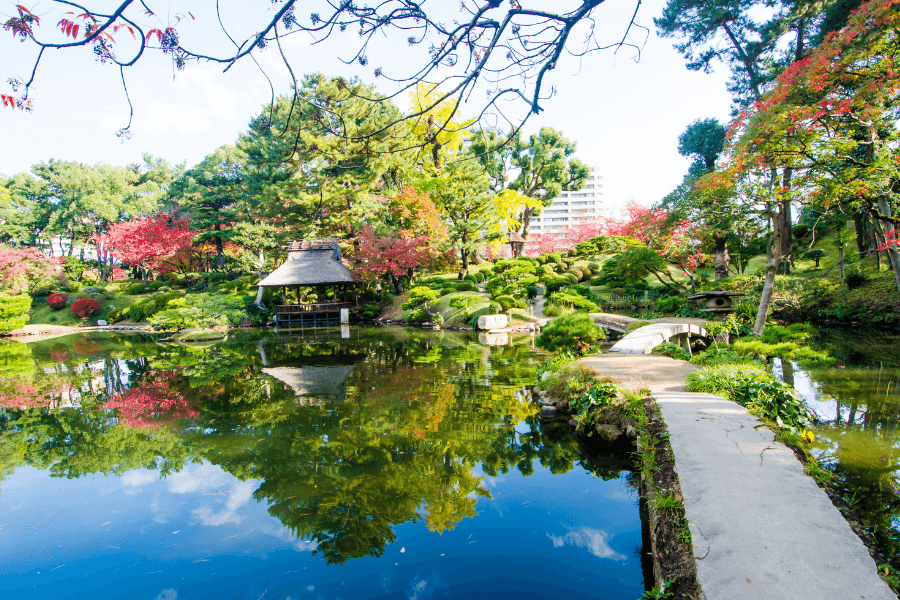
You certainly won’t lack things to do while in Hiroshima. Here are some tips that will help you to make the most out of your visit.
First and foremost, Hiroshima is considered a safe city for tourists. Common sense travel safety applies—watch your belongings, be aware of your surroundings, and respect local customs and etiquette. It’s also wise to stay informed about local weather, especially during typhoon season which typically runs from May through October.
Traveling in Hiroshima can be quite affordable if you plan wisely. For transportation, consider purchasing a 1-day pass for unlimited travel on Hiroshima’s trams, which costs only JPY 700 and includes a roundtrip ferry ride to the scenic Miyajima Island. Eating out is another area where you can save – try local specialties like okonomiyaki which are not only delicious but also easy on the wallet.
To navigate the city with ease, Google Maps is a reliable tool for both walking and public transportation. The Hiroshima Tourist Pass can be a great investment, offering discounts and unlimited rides on public transit.
For accommodations, options range from hostels and budget hotels starting at around 2,500 JPY per night for a capsule to more comfortable stays at around 5,500 JPY for a double room in a budget hotel. When booking, checking for special deals or discounts can further reduce costs.
When planning your trip, consider allocating at least two full days to experience both Hiroshima itself and the nearby Miyajima Island, both of which can be covered comfortably and affordably with these tips.
Hiroshima serves as a reminder of the devastating power of nuclear weapons and the importance of striving for peace. As you plan your trip, remember that Hiroshima offers more than just a chance to explore significant historical sites. I encourage you to visit Hiroshima with respect for its history and an openness to the lessons it offers.
Check out our other interesting article: Japan Off The Beaten Path